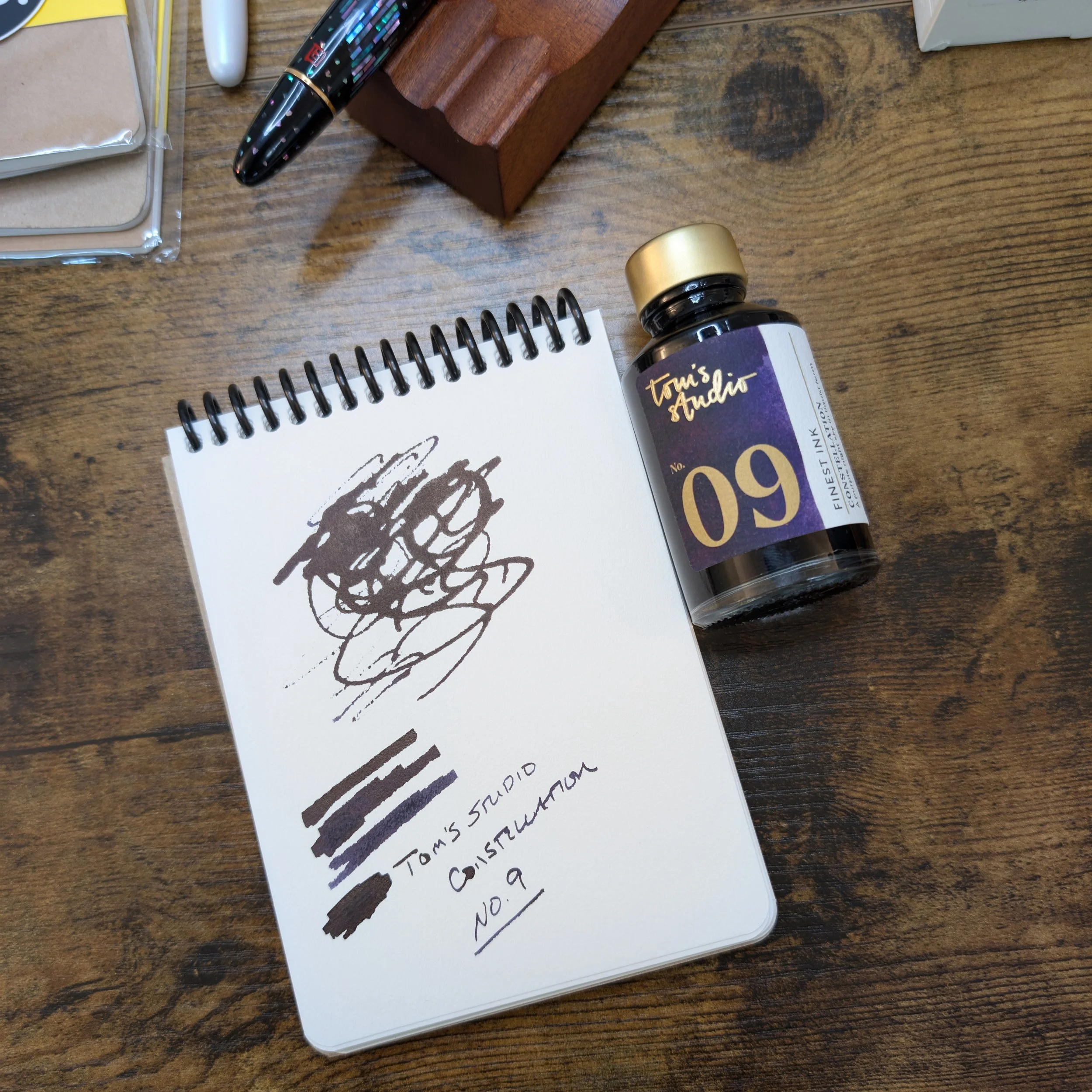Many new users find fountain pen inks just as, if not more, confusing than the pens themselves, and with the rapidly expanding ink market things haven’t really gotten much easier to navigate. Following up on Saturday’s initial post on How to Get Started with Fountain Pens, I thought it might be helpful to offer a general discussion/overview of fountain pen inks, as well as my brief thoughts on the different types of inks, refill styles, and what I personally enjoy most and recommend to those just starting out in the hobby.
Most pen brands make their own cartridges, but some (Pilot, Platinum, Lamy) use a proprietary format. Always be sure the cartridges you use are compatible with your pen brand.
Cartridges vs. Bottled Ink
You can fill fountain pens from a traditional ink bottle or use cartridges, and with a few limited exceptions, I almost always recommend that new users start out with cartridges. It’s an easy recommendation, not least because most beginner and budget-friendly fountain pens use cartridges and include one with the purchase of the pen. You refill the fountain pen simply by popping out the old/empty cartridge and inserting a new one. When you’re just starting out, this lets you learn how the pen works and focus on the writing itself, and to be honest I still like to use cartridges when I travel because it’s a lower-friction solution to refilling fountain pens. Most basic cartridge inks (blues, blacks, and blue-blacks) perform quite well on most paper types, and when in doubt I will select the blue-black option as it’s usually, but not always, the best-performing “cheap paper ink”.
An example of inks that shimmer (the grey ink) and shade (the yellow ink at the bottom). All shown here are from last year’s Colorverse Colorvent advent calendar. Colorverse is an example of a boutique ink brand that focuses on special properties like shimmer, sheen, and shading, as well as saturated standard colors like the dark red shown above.
Standard Inks vs. Inks with “Special Properties”
I’m regularly confronted with readers and customers confused and overwhelmed by (1) the sheer number of inks on the market; and (2) all of the different types of inks available, mainly those with special properties. Between standard inks (solid color), shimmer inks (contains sparkle/glitter), super-sheeners (dries with a multicolor shine/sheen on top), super-shaders (shows varying depths of color), multi-shaders (shows different color tones), pigmented inks (permanent), and more, the universe of fountain pen ink can quickly confound those new to the hobby. My standard advice is that “simple is better” at first, and to slowly add additional inks to your collection once you feel comfortable with how fountain pens generally work - especially cleaning them - because usually the worst that an ink can do to a pen is clog the nib and feed, which a thorough cleaning will fix. Personally, while I have some shading inks that I really love and use often, I tend to stick with standard fountain pen inks that dry quickly and work on a wide range of papers. I typically refer to these as my “workhorse inks”, sort of similar to my “workhorse pens” category.
Taccia inks are an example of a brand that makes excellent low-maintenance ink that doesn’t over-invest in “special properties” like shimmer and sheen. These inks work great in most pens and are a staple of my own rotation.
How Many Ink Colors Does one Need?
Trust me, even if you’re deliberate in selecting inks and only purchase a few bottles per year, if you are in this hobby long enough you will end up with more ink than you can ever use in a lifetime. I spent my first year in the hobby with five or six inks, and probably only three or four that I used regularly. To start out, and to get a sense of what colors you enjoy writing with, pick up a standard blue, a black or blue-black, and one or two brighter colors like red, green, orange, or purple. I found that I really enjoyed writing with different shades of red and green, and those colors are now heavily represented in my personal collection.
Remember that a good writing experience is about the combination of pen, ink, and paper
At the end of the day, you can use any ink you want as long as you have the right pen and paper to pair with it. You’ll learn that some inks are dry, and require a wetter nib, and that some inks are wet, which may require a narrower, drier nib and/or more absorbent or heavily coated paper. An important aspect of enjoying fountain pens - especially if you get deep into the hobby, is learning how these three factors (pen, ink, and paper) interact with each other and how to adjust one to accommodate the others. The customization is the fun part!
Further Reading
Because I started out as a pen enthusiast and over the years have become more a paper and notebook obsessive than anything, I’ve not fallen as deeply down the ink rabbit hole as many people. I have, however, written a fair bit on my favorite inks for everyday use. I’ve collected these posts in the “Resources” Section and many users have found them helpful over the years, especially if they’re looking for work-friendly inks appropriate for a wide range of papers. You can also view our Pen Review Archive, and our recently updated “Hierarchies of Fountain Pen Friendly Paper” resource in which I make a rough attempt to categorize different paper brands in terms of their compatibility with fountain pens.
Interested in fountain pens but don’t know where to start? Come see us in person! Our Nashville shop will be open this Thursday and Friday (Fountain Pen Day) from 1pm-6pm, and from 10am-6pm on Saturday. Stay tuned for special announcements, as we may open the back room for pen and ink testing, lessons, etc.
